Want to know how to write a Superman story? Well, you might want to ask yourself, why is it so hard to write one in the first place!
There’s only one problem…
The Superman Problem
The answer of course depends on who you ask. There are some who will tell you that Superman is boring; or, that he is over-powered and therefore, it is impossible to write a compelling narrative with him as a main character. For if conflict makes us invested in a story; what conflict can possibly arise from telling a Superman story?
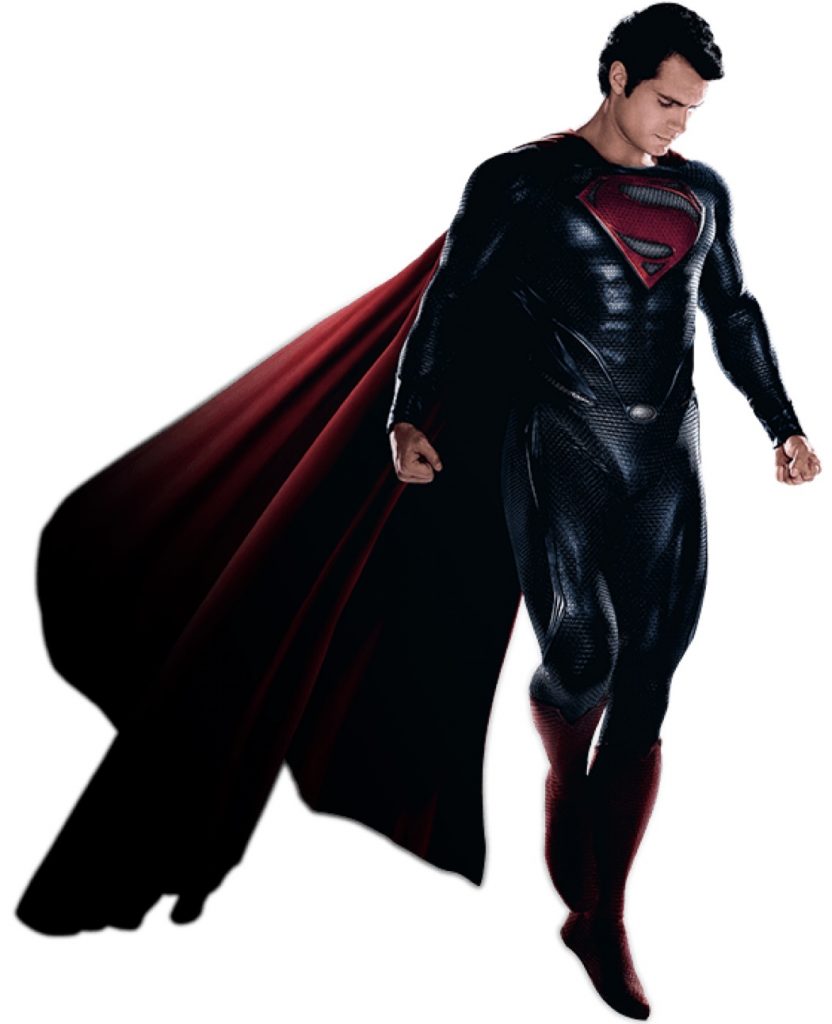
Others wonder: “Should we kill-off his family, his wife, his friends and everything that he holds dear in this world?” Tempting, however, not very original. It would be an Injustice to do so.
Others feel that instead of writing the character as it is, we ought to just write an alienated version of Superman? That way the author can show how inhuman he really is. But, I mean, that’s the problem isn’t it? If you do this are you really writing a Superman story, or, are you writing something else entirely? And, is that really such a bad thing to do? Again, the answer depends on who you ask.
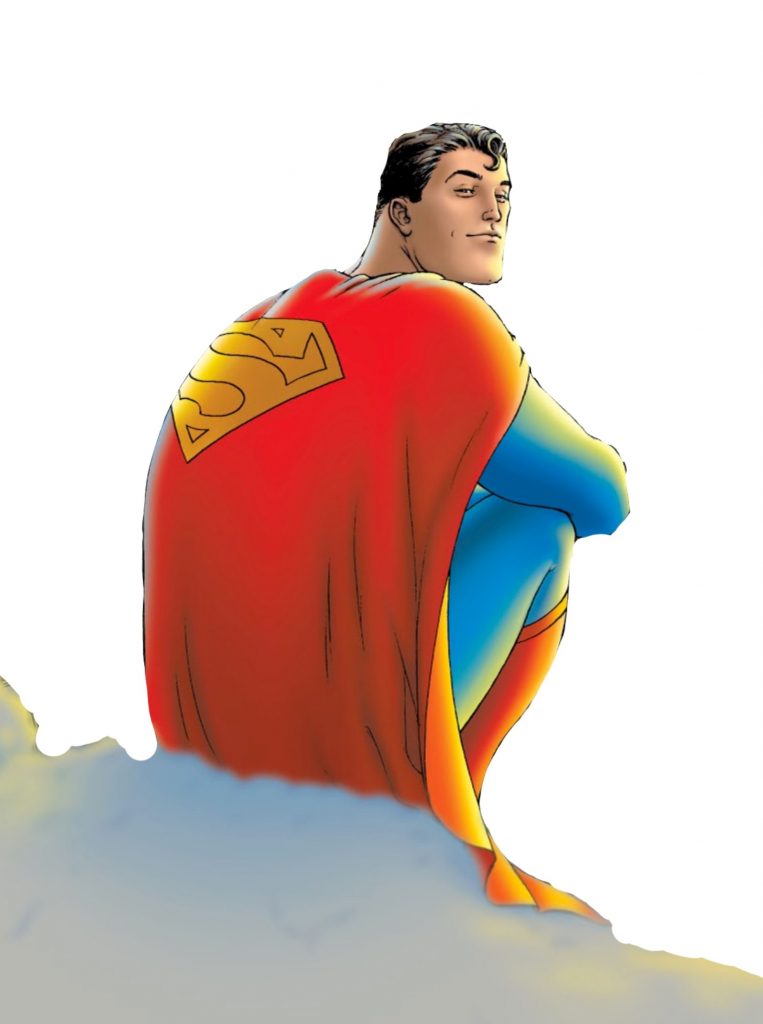
If we want to answer the question, firstly, we have to define who Superman is, and to understand him we must understand 2 fundamental aspects of the character; His Identity, and his Intersubjectivity.
The First Secret Identity
Superman’s Identity is that Kal-El is Kryptonian; however, Clark Kent was born on Earth. Being born on Earth implies living with its people. And, the people of Earth are fearful by nature.
His parents, The Kents, knew that if the world found out of Clark’s extraterrestrial nature; then, he wouldn’t be able to lead an ordinary life. That is why they create Superman, so that he can confront the world, without ceasing to be a man. So, under the guise of Superman, Clark’s ordinary life is safe.
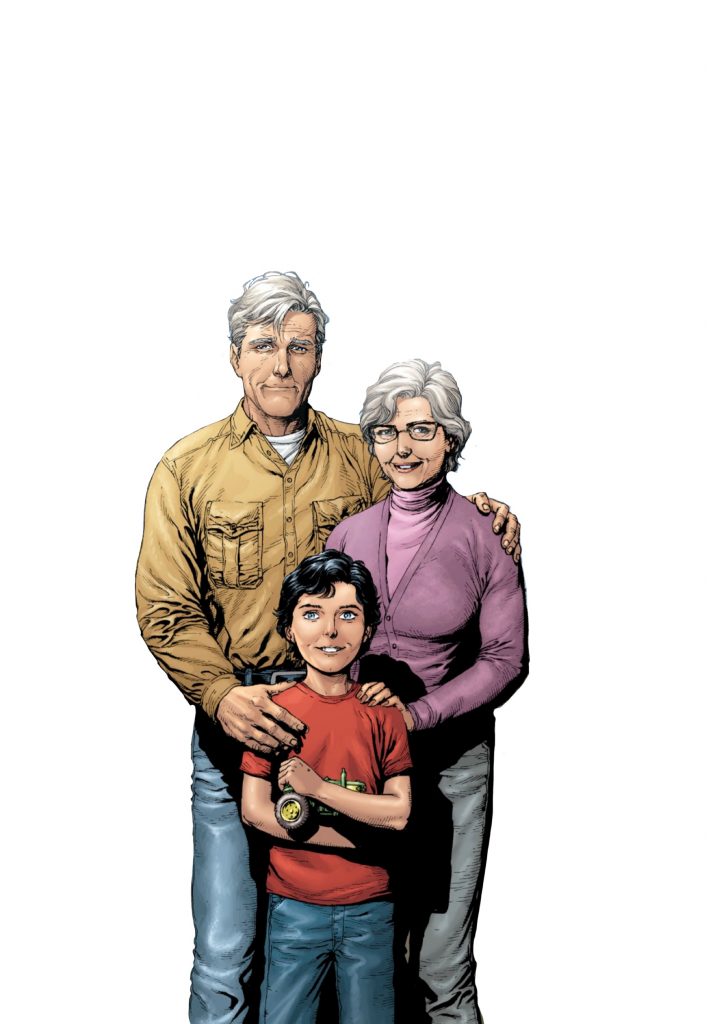
Superman is a mask that protects first and foremost Clark Kent.
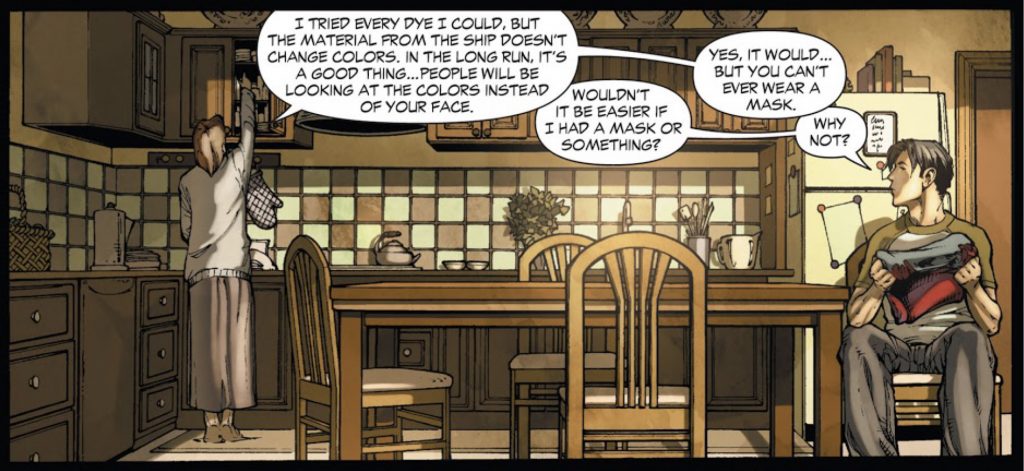
On the other hand, the Intersubjectivity of Superman is that he is an icon for the world. We call him The Man of Tomorrow. Because beyond everything that divides us, what unites all of us as humanity is the future. In other words, tomorrow. This is what makes Superman an icon of hope.
I ask everyone to share what they have with those who need it. Their knowledge. Their time. Their generosity. Especially with the young. For on them rests our future and all hope of a true peace on earth.
Superman, “Peace on Earth” by Alex Ross & Paul Dini
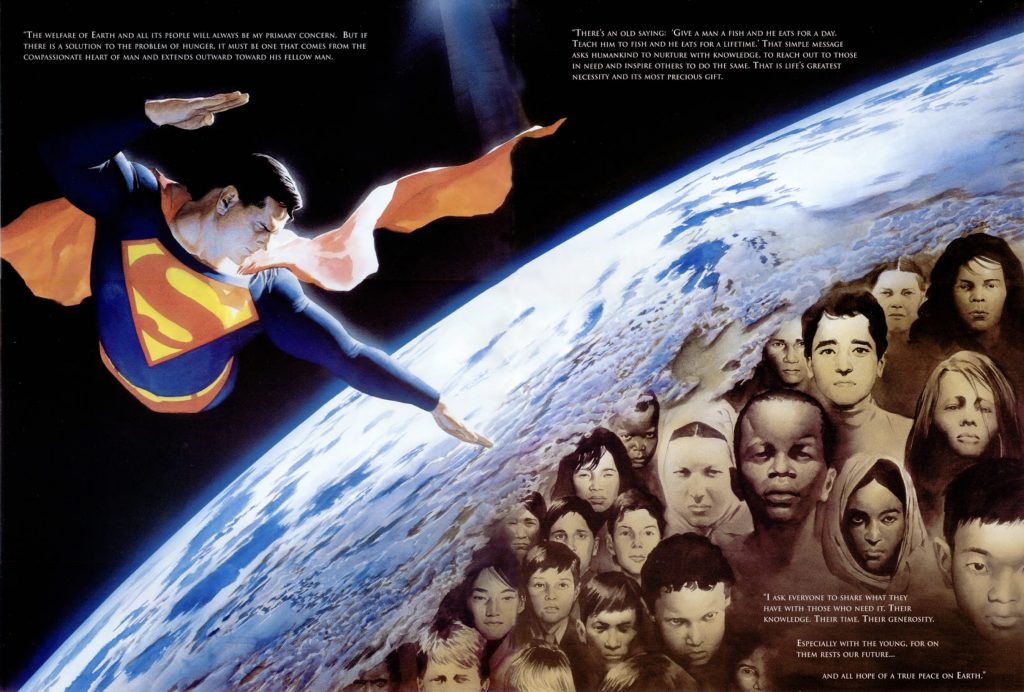
Before I continue, I must also explain how Superman came to be so famous; and how that shapes the movies that are continued to be made about him. Superman, as a character, is immortal and is so famous because his publications are part of serialized fiction. Authors and filmmakers are faced with the impossible task of choosing which Superman story to adapt for a film.
For example; If you were making a Superman movie, which one of these stories would you choose to base the movie on? Be careful, because the act of choosing is also the act of excluding.
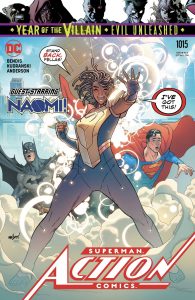

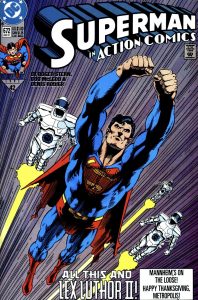

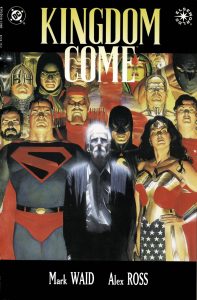
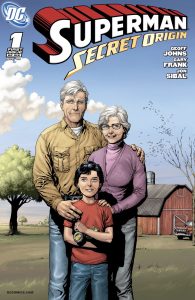
So, to keep things simple, filmmakers choose to make stories about his origin or about his death.
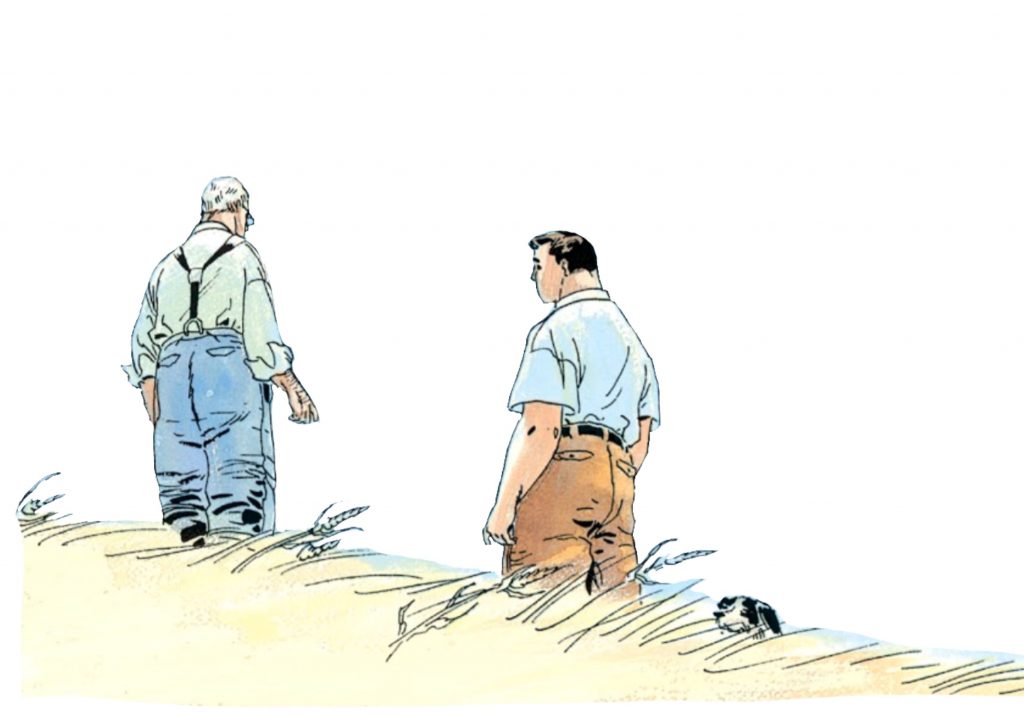
These types of stories incorporate the myth of Superman into a single story. A tight and neat little package that is easy to understand and digest; both from an audience point of view and for the director who is making the film.
By focusing on Superman’s beginnings and endings; They explore his Identity and his Intersubjectivity all at once. That is, who he is and who is he in relation to what he means to others.
Take for instance, Zack Snyder’s Superman films. In 2013’s “Man of Steel” he focuses on telling an updated and modern version of Superman’s origin. While, in 2016’s “Batman v Superman: Dawn of Justice” the movie leads up to a modern version of Superman’s death.
To understand Serialized fiction and how it impacts Superman, we must go back to the past. We must revisit the Victorian Age.
You see, back in Victorian times; an event occured. The rise of the novel. Despite not happening in a single day, the rise of what we now call “Novels” took place during the Victorian period in England.
Although the novel is a staple of Victorian London, serialized fiction and periodicals go back to the year 1744. However, since the first novels were considerably longer than contemporary books, these were published by installments.
Usually in magazines and newspapers; both of which, were fairly new themselves. “The Female Spectator” and other magazines were read by audiences who were hungry for stories that would reveal the secrets of the new metropolis in which London had just become.
The stories published in serialized fashion addressed topics of social interest. At that time electricity was also implemented in public spaces in the form of street light poles. But, the most important social change of the Victorian Era, is the appearance of the female novelist.
Once the middle-class appears on the scene for the first time, literature stops depending on the patronage of aristocracy. Now the novels are written by and for people of the middle-class. Especially by female writers and novelists who shaped and defined the novel as we know it. Their writings and works were always more popular than those produced by their male counterparts.
Victorian literature, and especially; Victorian Novels tell stories like”The Strange Case of Dr Jekyll and Mr Hyde,” which draw on the inner life of the characters and the city while exploring a strict society.
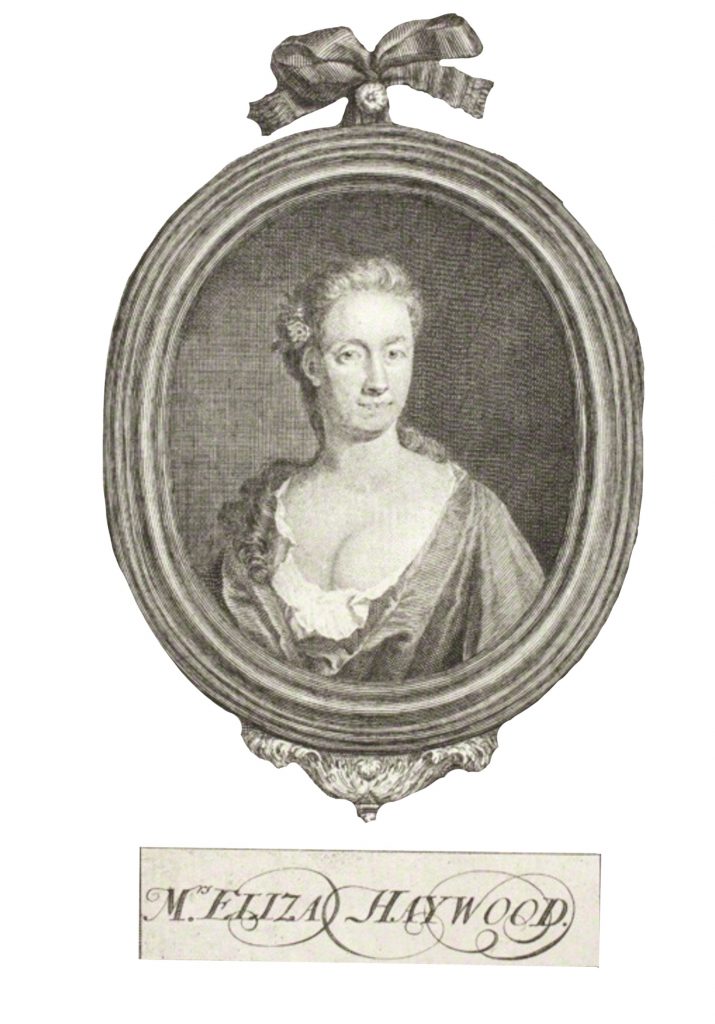
The first newspapers and magazines were the first forms of mass entertainment. This is the tradition in which Superman is born into.
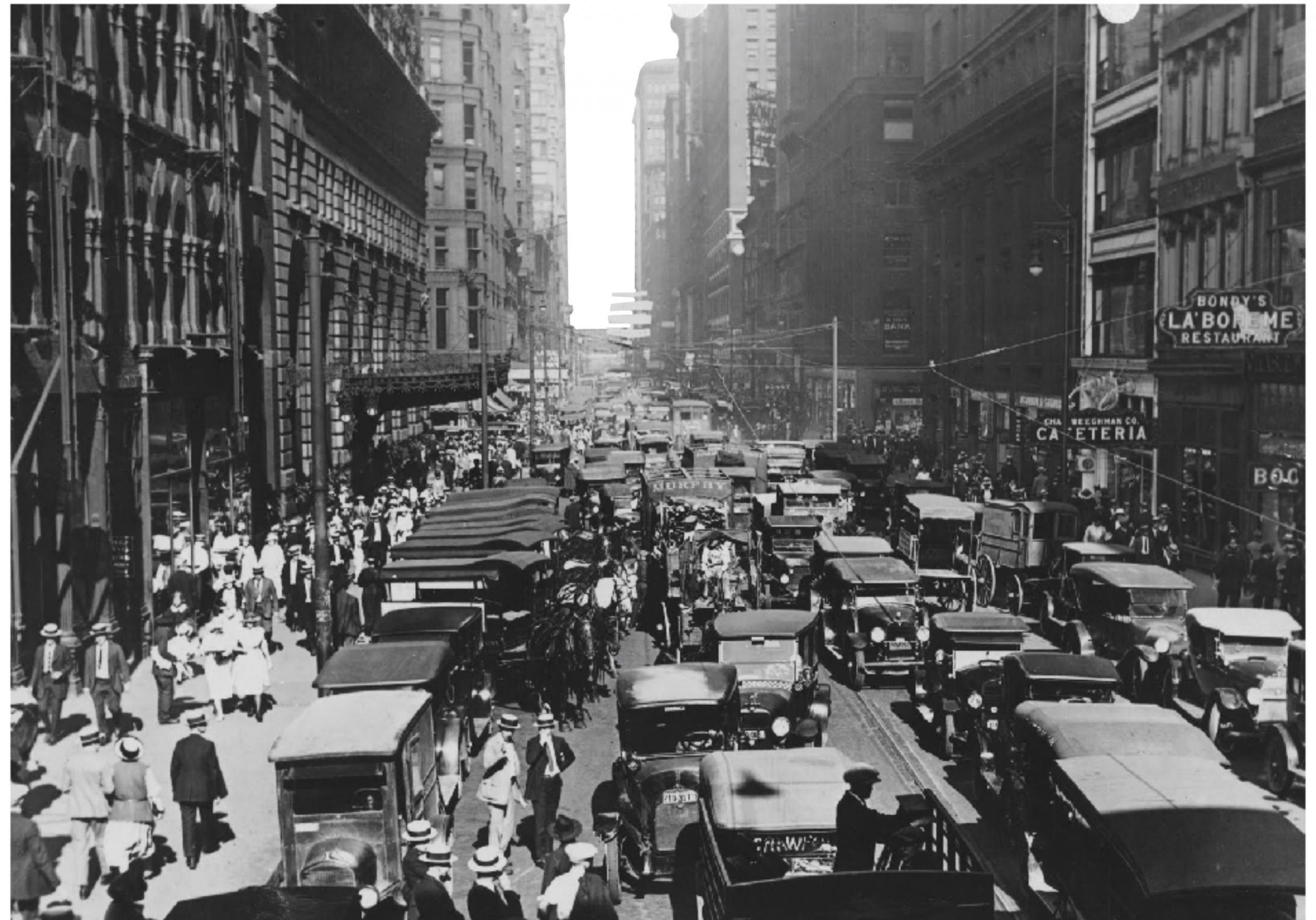
A Modern Hero for Modern Times
New York City, 1938.
By 1938, when Superman was created by Jerry Siegel and Joe Shuster, industrialization and The Great Depression had left many people unemployed in the United States. The Nazis were ravaging Europe. And, Modern Poetry had made Poetry new again by declaring it dead.
Thanks to inventions such as the automobile, people were sidelined; transformed into pieces of a larger than life machine. Life had become automated. Suddenly one day, a man leaps in. A man who not only doesn’t need a car; but he is also faster – and more powerful than any machine ever created – allowing him to regain control of his life.

Superman as a character who is larger than life, is a modern hero because he shatters the excess created by an industrialized world; as shown in his first appearance when he smashes an automobile against a rock. Superman refuses to submit to the capitalist way of life and to give away his humanity.
The Hero with a Thousand Pieces
Now, unlike the characters in a novel who cease to exist once you finish reading, Superman does not exist in a single story. He is not contained by the boundaries of one story, in the same way Frankenstein or Macbeth are.
What we as a 21st century audience, know as Superman, exists as a collective image. Superman is more of a concept than a character at this point. His collective image is composed by all the stories that have been told about him. He is a character that has been written by authors and creatives other than his original creators. He has been refined and reimagined and rewritten more than once. And will continue to do so.
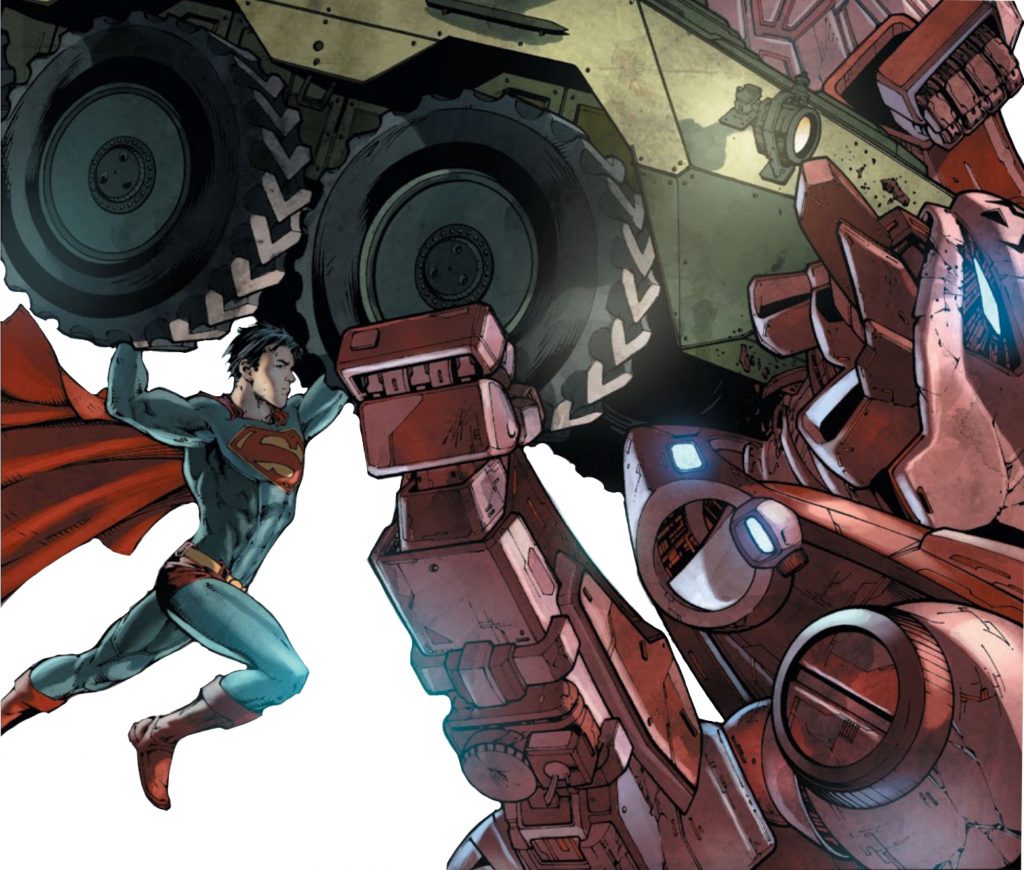
Superman’s identity and his intersubjectivity have been explored in thousands of stories; some of them are told within his continuity and are “official canon” while others exist outside of his continuity and exist outside the canon. However, all of them contribute in shaping the concept of the character that we call Superman. Remember, there is no such thing as “just a story.”
Part of the reason why there are no good Superman movies is because filmmakers base their movies on stories that radically change Superman’s identity and/or his intersubjectivity.
Stories that explore alternate versions and multiple realities are not unique to the medium of comic-books; take for instance, Margaret Cavendish’s “The Blazing World” or John Milton’s “Paradise Lost” for some of Literature’s earlier stories exploring other worlds and alternate realities.
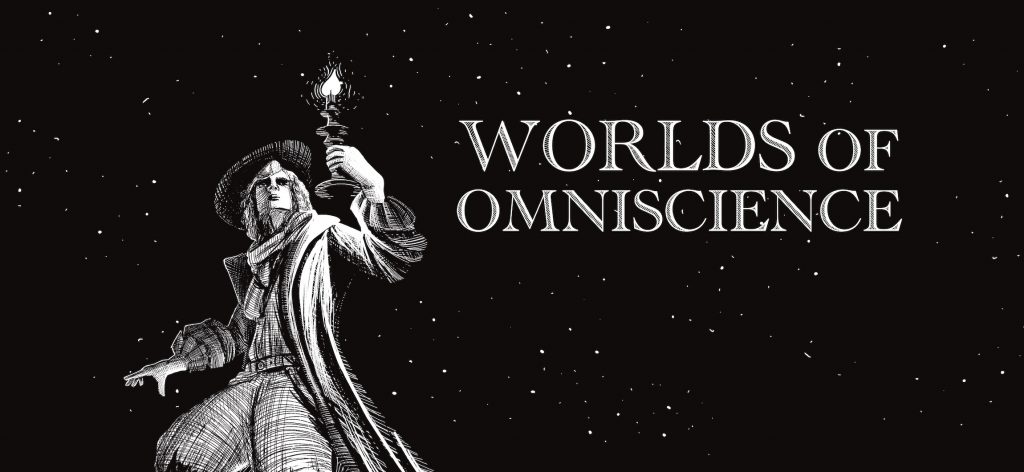
However, within the world of comic-books, stories exploring alternate worlds are varied to say the least and some are even part of the official canon while others are not. I know that they can be catalogued and arranged in hundreds of different ways. But, for the purposes of this particular essay, I will classify them under 3 broad categories; Modernizations, Deconstructions and Alternate versions. Regardless of whether or not they are part of the official canon of Superman stories.
Modernization
The easiest way of telling a Superman story nowadays seems to be by modernizing him. This would explain the overabundance of retellings and reboots that have become a staple of DC comics.
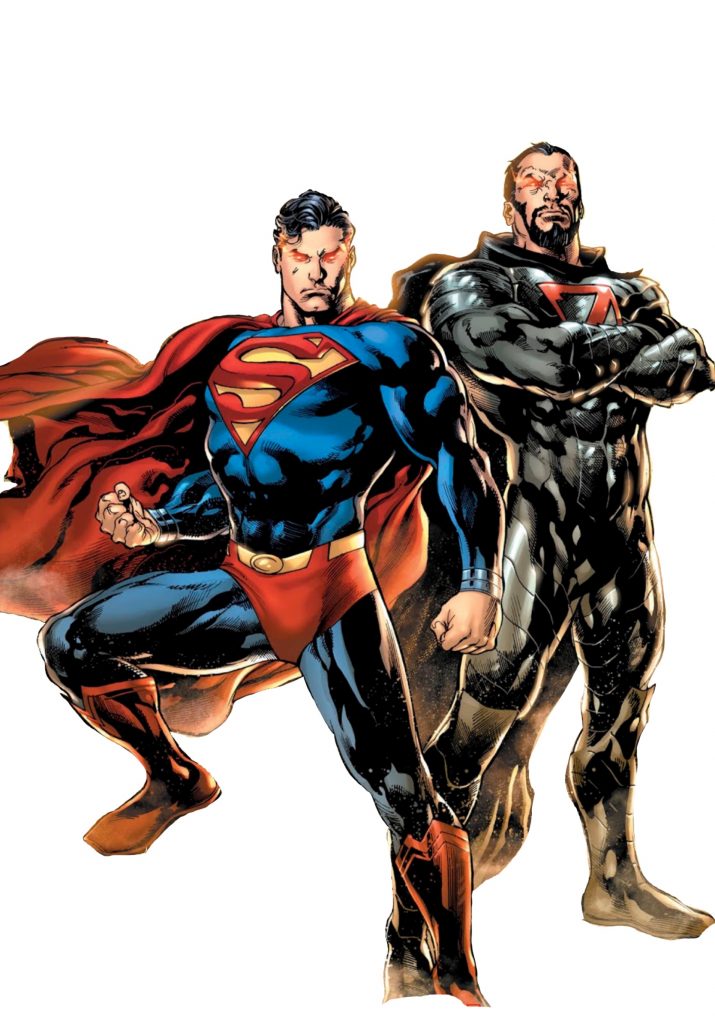
Modernizing a character means that said character or story that is perceived as old and antiquated has new elements integrated into it; so that the story (or character) can exist in a contemporary (modern) setting. Essentially, we put subject A in environment B.
The story and all its associated elements; such as its iconography and significance are recontextualized. Some elements can be adapted so that they fit a modern incarnation, but they are neither changed or lost. Modernizing is the art of translating an old story into a new setting.
As Ezra Pound once said: “To make it new again.”
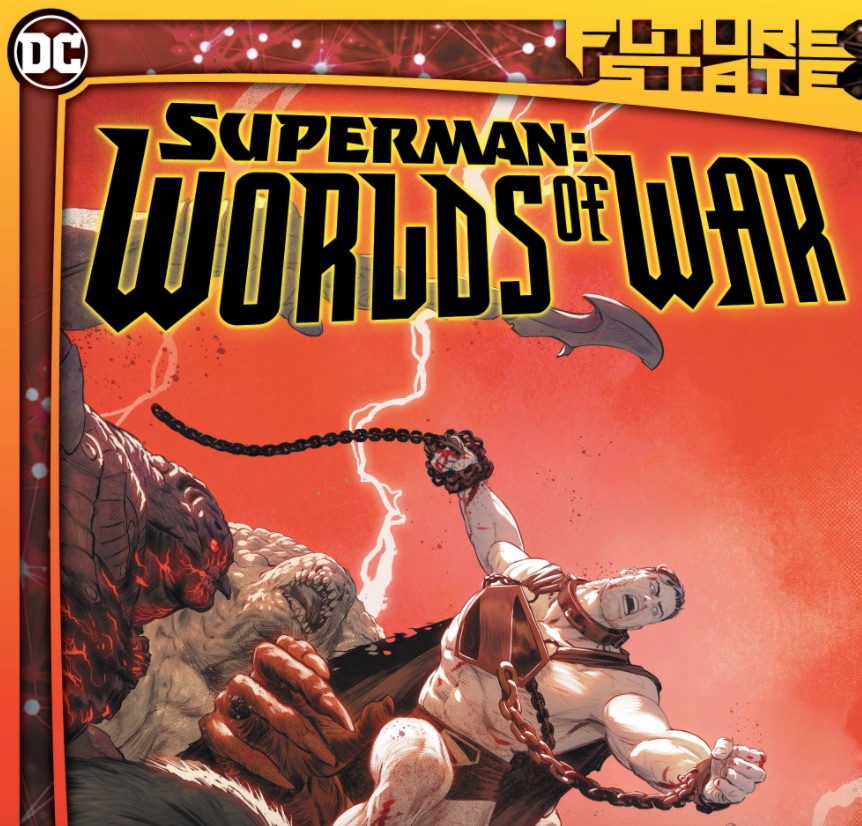
Deconstruction
The difficult and most ambitious way of telling a Superman story nowadays is to write a Deconstruction. Something that many writers believe it’s easy to do. The concept has been popularized within the comic-book industry by works of the likes of “Watchmen,” “BlackHammer” and “Kingdom Come” to name a few.
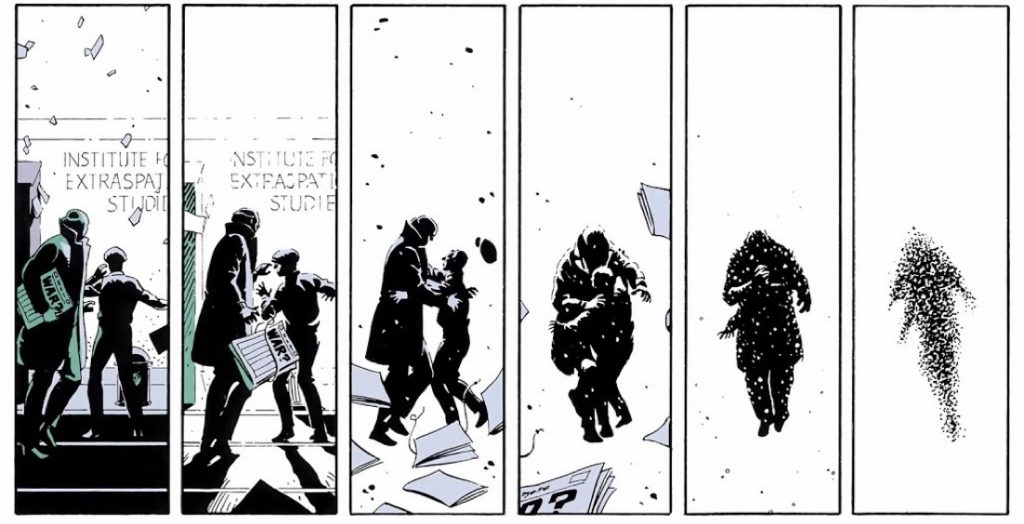
To deconstruct, refers to the act of revealing a hidden truth by undoing and disassembling an object of study in order to understand how it works. In the case of a Superhero, the goal of deconstruction is to disarm the character to jointly analyze his positive and negative traits at the same time. Remember, positive and negative trais at the same time.
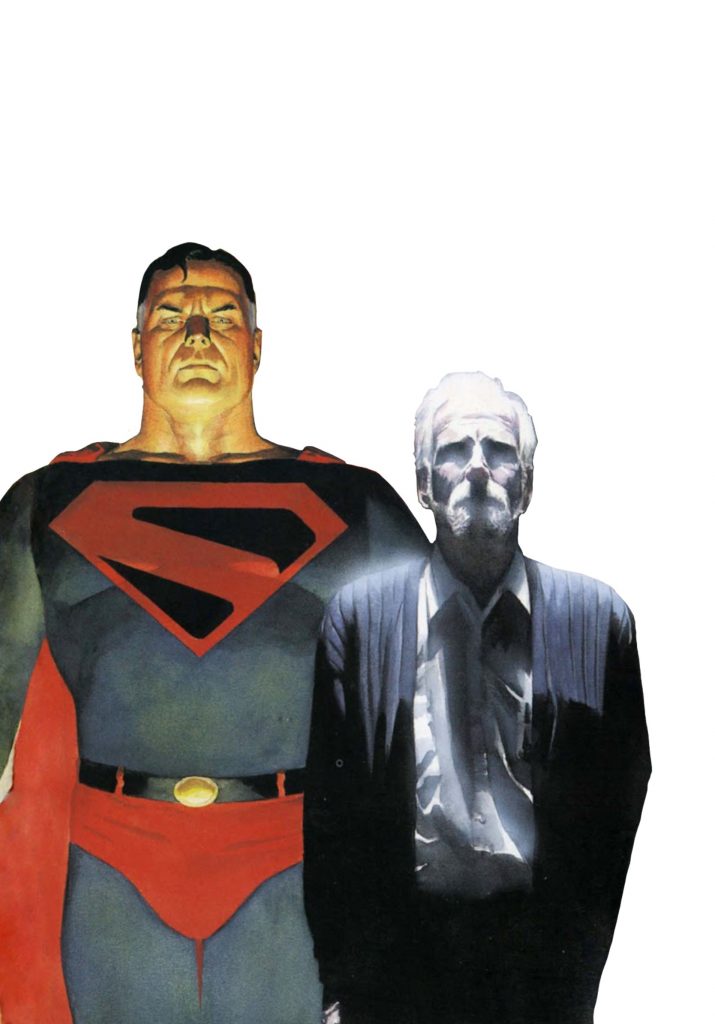
Deconstruction is an easy concept to understand; however, it is a complicated thing to pull off without exposing yourself as an inadequate writer.
Alternate Versions or Imaginary Stories
An alternate version or imaginary story, is a staple of comic-books; but most importantly, it is a mental exercise in which the characters, themes and stories that are part of the continuity (official canon) are introduced in places and times different from the original. It is similar to the concept of Modernizing, but with the big difference, that things are added or removed. Meaning that the character’s Identity and their Intersubjectivity are often changed.
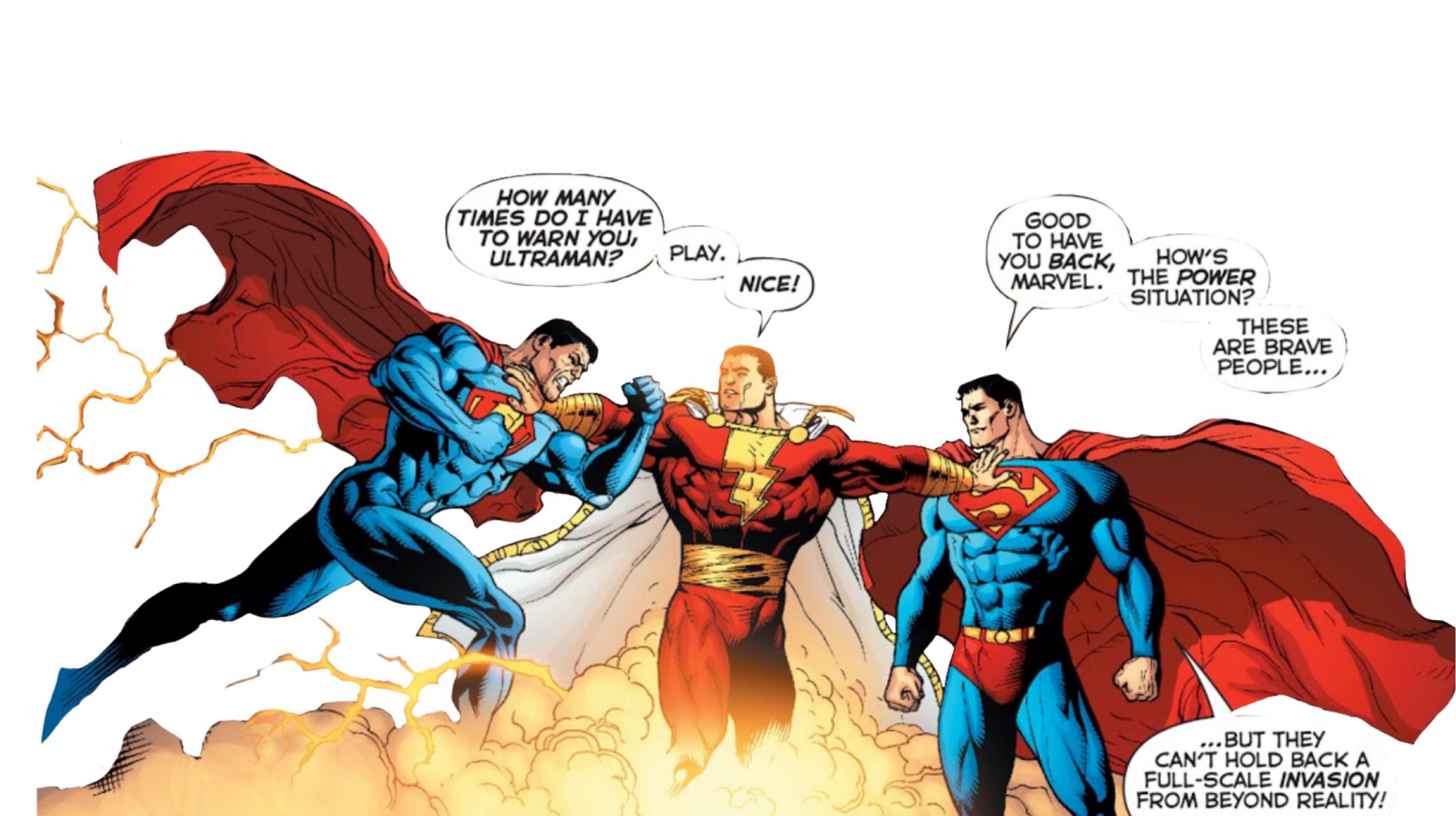
Out of the three types of Superman stories that are most commonly told, alternate versions are without the doubt, the easiest of the bunch. However, that doesn’t mean that they are without literary merit.
So; Why are there no good Superman movies?
Well, in part the answer is that the most recent film adaptations of Superman are based almost exclusively on these 3 types of stories; Modernizations, Deconstructions and Alternate Versions. Which means that new films and stories are written and produced without a full understanding of the character’s identity or his intersubjectivity.

Adapting Superman’s story to the cinema is impossible, but adapting his essence is another matter. His essence encompasses his identity and his intersubjectivity; who he is and, who is he in relation to what he means to others. Identity and Intersubjectivity. I know I am repeating myself but it is important to emphasize how these stories change our understanding of the character. And how we approach telling stories about him.
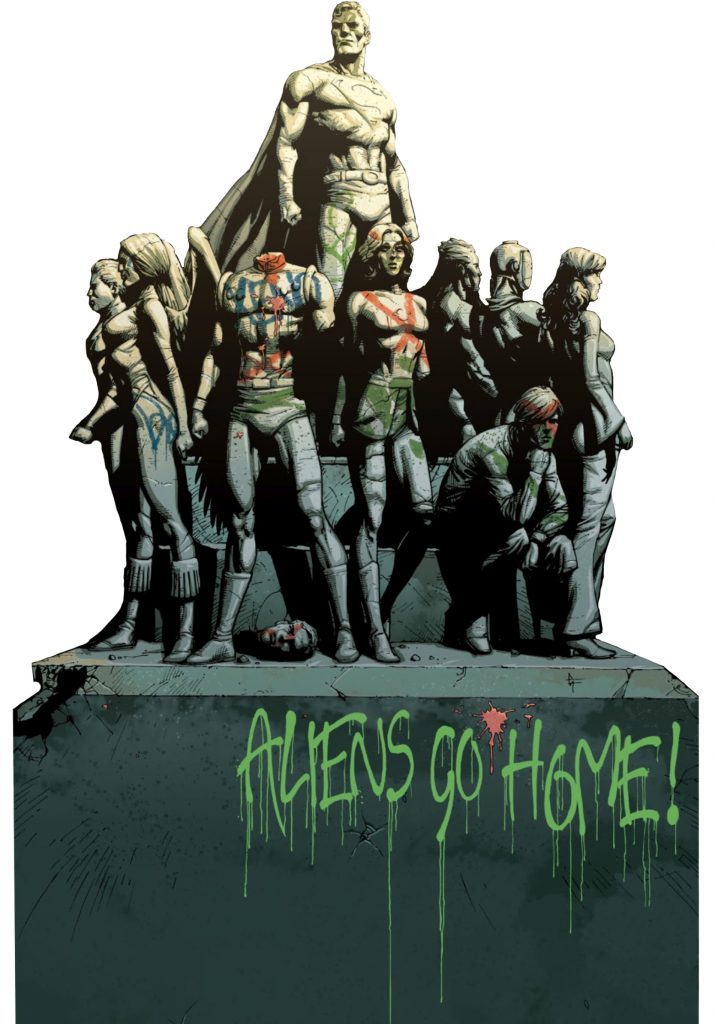
Before closing this chapter of the essay; allow me to read an excerpt from an essay written by media critic, Lindsay Ellis, that talks about the film adaptation of intellectual property or icons of popular culture. The essay is about the “Auteur theory,” and it goes like this:
“In the field of Film Theory, François Truffaut argues that the job of a director is to inject his film with what he calls” politique ,” since the film is tied to the creative vision of a single author and that there are no good or bad films, there are only good or bad directors, greatness and not craftsmanship is a way of measuring originality. It is more important that a movie be interesting than that it be good. So, injecting “politique” into something innocent, be it intellectual property (or in this case an iconic superhero like Superman), means removing the nostalgic value and dragging whatever is left to combine it with issues of importance. What is added instead of the nostalgic value is presented as higher than the initial value according to the author. This explains why those people with strongly rooted memories of the original property and with a knowledge greater than that of someone who is only familiar with intellectual property in a superficial way, do not like it when a modern film is released that changes some aspect that is considered fundamental (especially when it comes to popular icons like Superman.) “
Lindsay Ellis

And with that we conclude the first chapter of this essay. Remember this is just an introduction to the statement“Why there are no good Superman movies.” There are still 2 more chapters left.
At first I was planning on writing 2 more entries into this series, but I’m no longer interested in answering a silly question like “Why there are no good Superman movies?” So, this is it. I hope you found what you were looking for.
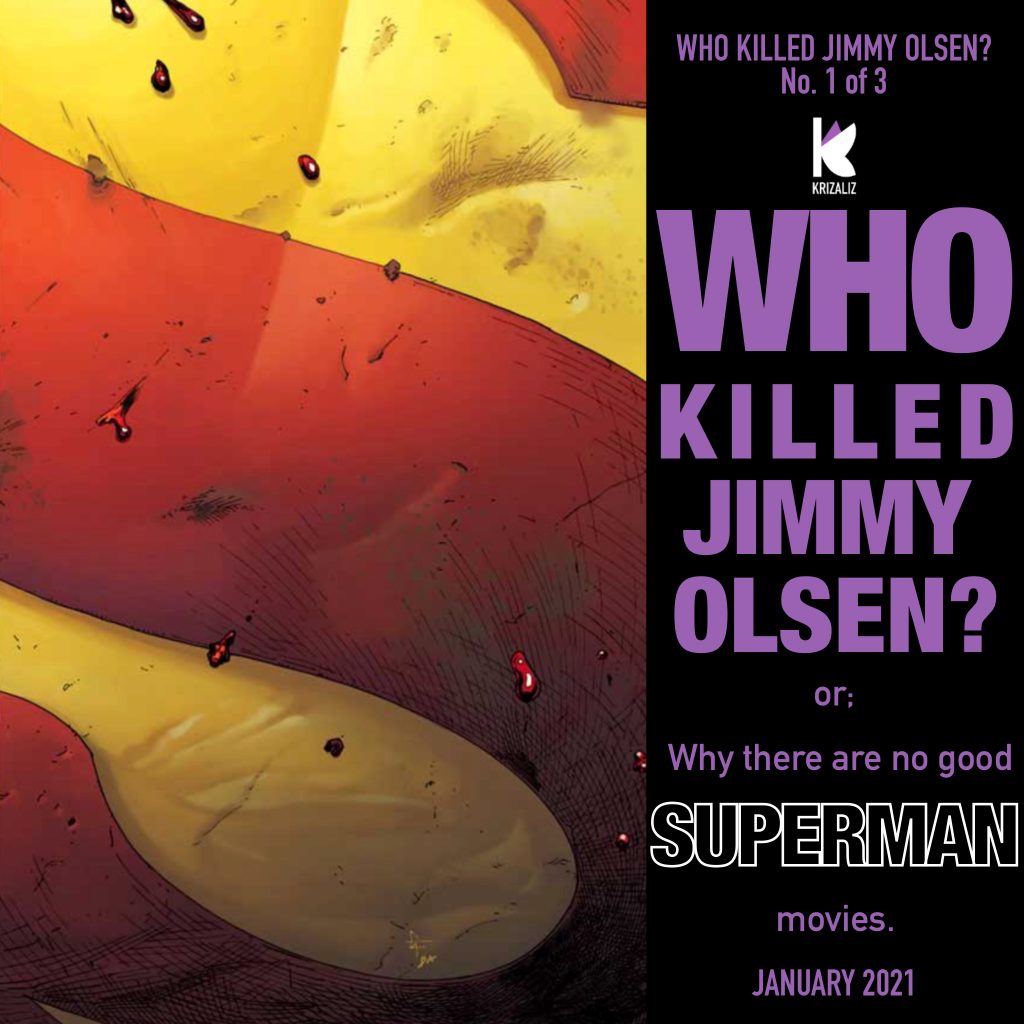
Don’t forget to wander about our website where you will find original stories and other interesting readings. If you enjoyed this content please consider supporting Montreal’s upcoming authors and creatives. You can do that by buying one of our short stories or through donations. We accept donations on our website through PayPal.
Without anything more to say, I must say goodbye for now. Please keep your distance, wear a face mask and do wash your hands. Because that is what heroes do.


Leave a Reply
You must be logged in to post a comment.